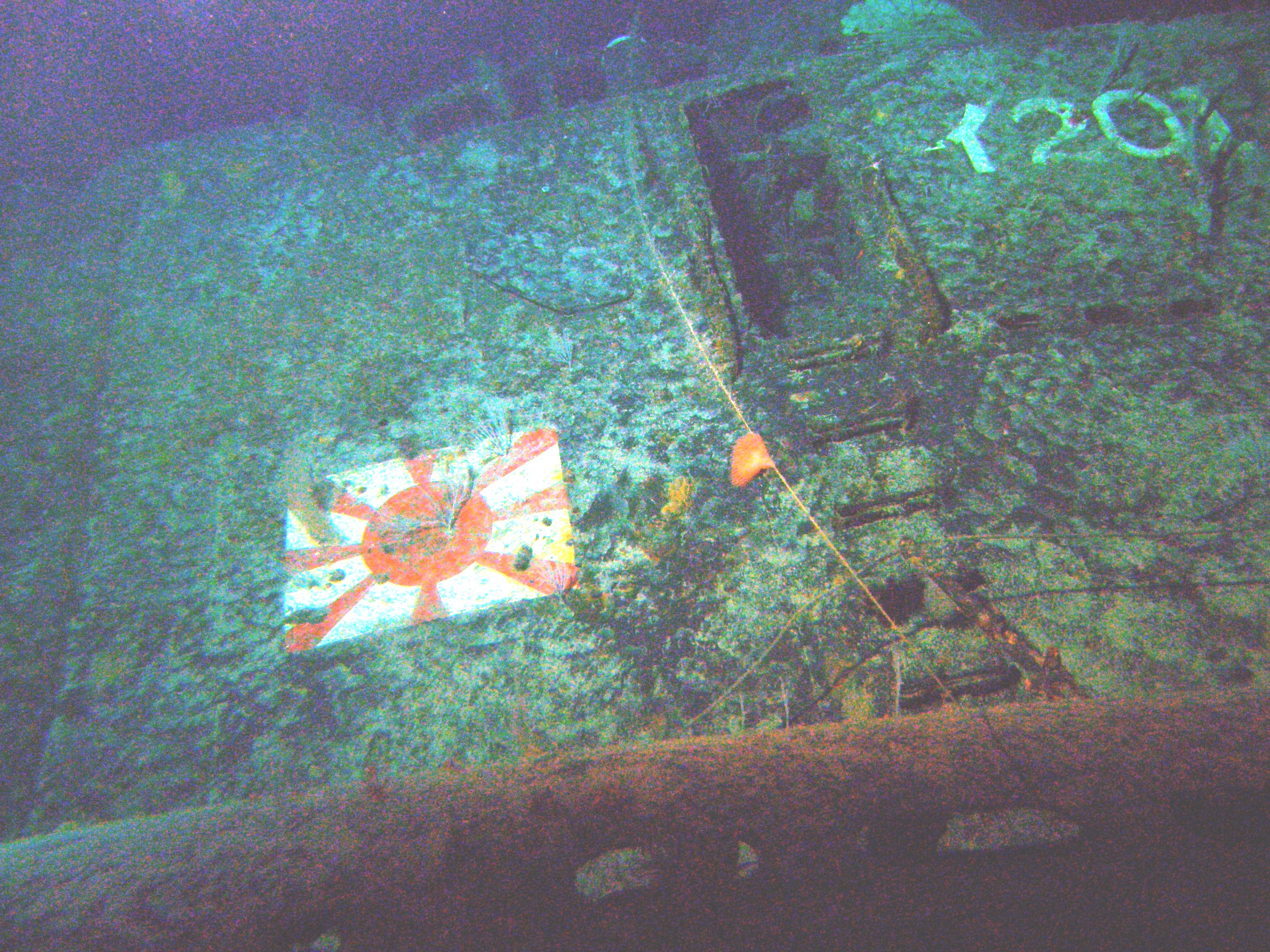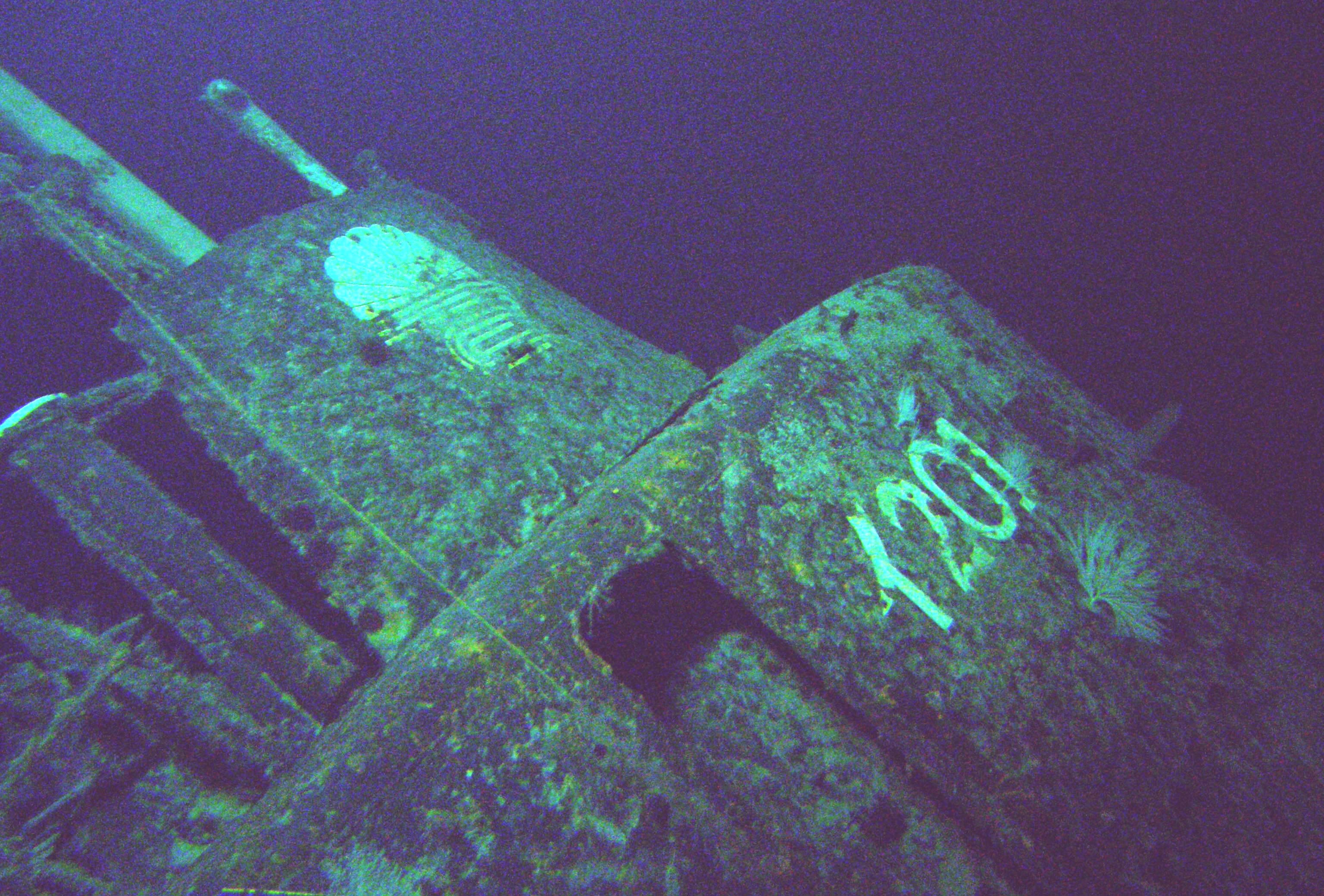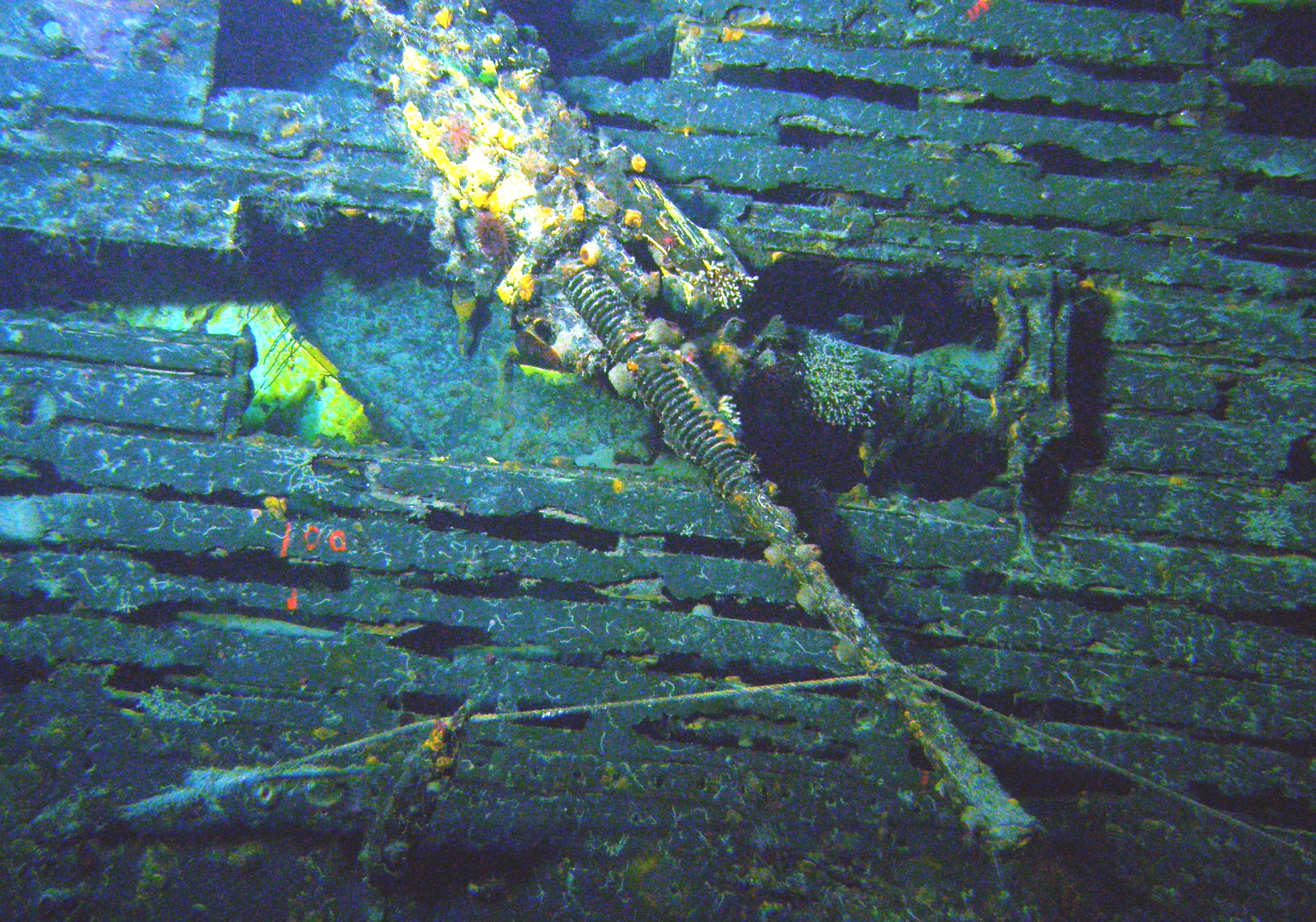

© 2001-2011 Bob Hackett & Sander Kingsepp
Revision 4
1 August 1944:
Kure Navy Yard. LtCdr Sakamoto Kaneyoshi (former CO of
RO-100, RO-41) is posted as the Chief Equipping Officer for the "Sen-Taka"
(submarine, high speed) class attack submarine I-201 that is under construction.
2 February 1945:
I-201 is completed and commissioned in the IJN.
The Sen-Taka submarines are capable of bursts of underwater speeds up to 19
knots for almost an hour. I-201 is assigned to SubDiv 33, Kure SubRon for
performance tests. LtCdr Sakamoto is the Commanding Officer.
15 April 1945:
I-201 is reassigned to Rear Admiral Nishina Kozo's
(former ComSubDivs 9, 18) SubRon 11 in Vice Admiral Miwa Shigeyoshi's (former CO
of CL KINU) Sixth Fleet (Submarines).
1 May 1945:
Vice Admiral, the Marquis, Daigo Tadashige (former CO of
ASHIGARA) relieves Vice Admiral Miwa of command of the Sixth Fleet.
15 June 1945:
Reassigned to SubDiv 34, Sixth Fleet.
15 August 1945:
Maizuru. I-201 is at the Navy Base with I-202
and I-203. SubDiv 34 is disbanded. I-201 is reassigned to SubDiv 15, Sixth
Fleet.
That same day Emperor Hirohito (Showa) broadcasts an Imperial Rescript
from the Imperial Palace in Tokyo. The Emperor calls for an end to the
hostilities.
2 September 1945:
Tokyo Bay. Formal surrender ceremonies, presided
over by the Supreme Allied Commander Pacific, General of the Army Douglas
MacArthur (MOH), are held aboard the USS MISSOURI (BB-63).
September 1945:
The Fifth Marine Division occupies Sasebo.
13 October 1945:
I-201 is at Maizuru with I-121.
November 1945:
I-201 proceeds from Maizuru to Sasebo.
25 November 1945:
Sasebo. LtCdr John P. Currie, USN, is posted as OIC
of the I-201. Currie is ordered to sail I-201 to Pearl Harbor, Territory of
Hawaii.
30 November 1945:
Removed from the Imperial Japanese Navy List.
11 December 1945:
Sasebo. A fire breaks out on I-201 and destroys
14 cells in her forward battery compartment.*
28 December 1945-8 January 1946:
Sasebo. Supported by submarine
tender USS EURYALE (AS-22), I-201 and I-203, under American crews,
conduct a series of short sea trails.
13 January 1946:
At 0730, I-201, under LtCdr Currie, departs
Sasebo for Guam with I-203 accompanied by EURYALE and salvage ship
CURRENT (ARS-22).
The ships assume a formation led by Captain Ralph R. Gurley's
EURYALE with I-201 following
1,500 yards astern, I-203, 3,000 yards astern and CURRENT 4,500 yards
astern of EURYALE. The formation sets an initial course of 180° true to
Guam. Later, the formation is forced to ride out a severe typhoon and make
engine repairs on both submarines and to correct the loss of steering on the
I-201.
21 January 1946:
At 1615, the formation arrives at Apra harbor, Guam,
Mariana Islands to a loud welcome and remains there for liberty.
25 January 1946:
Departs Guam for Eniwetok, Marshall Islands.
26 January 1946:
At 0900, I-201 again has an engine failure.
CURRENT takes I-201 in tow.
31 January 1946:
Arrives at Eniwetok.
2 February 1946:
The next planned leg of the voyage is to Johnston
Island, but the formation's Commodore, Captain Stanley P. Moseley (former CO of
USS POLLOCK (SS-180) decides to skip the stop at Johnston Island and head
straight for Pearl Harbor. Since the direct route from Eniwetok to Hawaii is
beyond the cruising range of the two submarines, he decides that both subs
should be towed.
At 0700, the formation departs Eniwetok. CURRENT resumes towing
I-201 for the final leg of the voyage to Pearl Harbor.
13 February 1946:
The formation arrives at Pearl Harbor and solemnly
dips their ensigns in salute as they pass Battleship Row and the gutted hulk of
USS ARIZONA (BB-39) on their way to the Submarine Base. Both Japanese
submarines are placed in caretaker status with skeleton crews where they are
studied.
26 March 1946: Submarine Officers Conference, Washington, DC:
The attendees, including former ComSubPac Vice Admiral Charles A. Lockwood, are told that "orders are being issued to dispose of all Japanese submarines by sinking. Those in Japan will be sunk at once, those in Pearl Harbor when authorized by SCAP and at the discretion if CinCPAC
dispose of all captured Japanese submarines by sinking."
23 May 1946:
I-201 is a target ship in the Pacific off Pearl
Harbor for tests of the Mark 9 exploder. At 1058, she is torpedoed and sunk by a
Mark 18-2 electric torpedo fired by LtCdr Frank N. Shamer's USS QUEENFISH
(SS-393) at 21-13N, 158-08W.
15 February 2009:
Off Barber's Point. The Hawaii Undersea Research Laboratory's (HURL) deep-diving submersibles Pisces IV and Pisces V locate the bow section of I-14; a short time later the main body is located. All the wreck portions lay at a depth of about 800 meters. While Pisces V is being recovered and Pisces IV is preparing to leave bottom, her crew notices another hot contact on sonar. Further investigation reveals the bow section of a much smaller, narrower, submarine.




